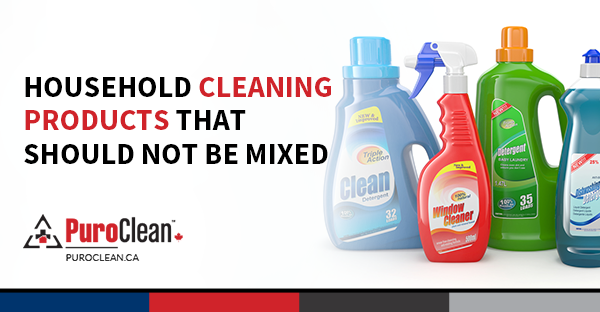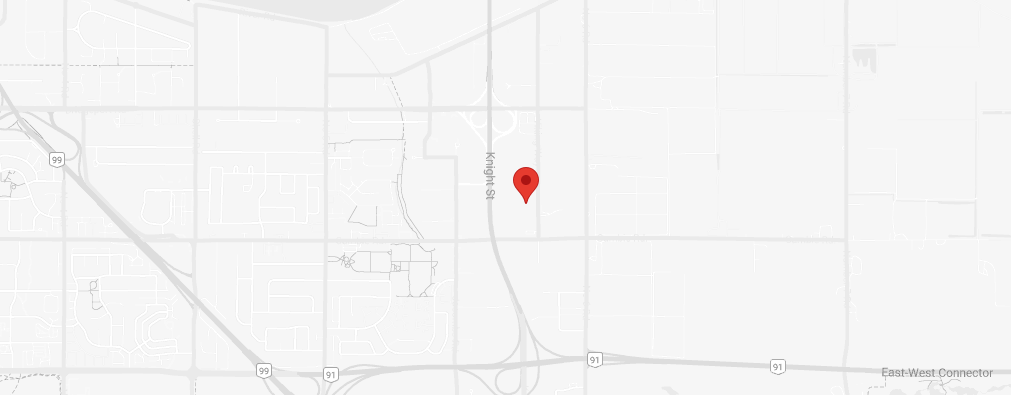Household Cleaning Products that Should Not Be Mixed
 Household cleaners are chemicals that must be used with caution. Mixing two cleaning agents to make a better one might seem like good idea, but there’s a high risk of injury or poisoning. Here are several common cleaning products that should never be mixed:
Household cleaners are chemicals that must be used with caution. Mixing two cleaning agents to make a better one might seem like good idea, but there’s a high risk of injury or poisoning. Here are several common cleaning products that should never be mixed:
1. Bleach and Ammonia
Mixing bleach and ammonia produces chloramine, a toxic gas that causes respiratory damage and burns the eyes. Ammonia is often included in certain cleaning products – those cleaners must be never mixed with bleach either. The mixture becomes more poisonous if a larger amount of ammonia is used.
2. Bleach and Vinegar
Mixed together, bleach and vinegar make chlorine gas. Inhaling only a small amount of chlorine gas causes breathing problems and irritates the eyes, throat and nose. The problems enhance at higher levels of exposure and can result in severe chest pain, vomiting or pneumonia.
3. Bleach and Rubbing Alcohol
The substance that results when mixing these products is called chloroform. This substance causes dizziness and nausea, and is known to be used by criminals to knock out victims. Exposure to high levels of chloroform can even be deadly. Although inhaling small amounts of chloroform vapor won’t make one pass out, it can cause damage to the skin, lungs, eyes and nervous system.
4. The same Type of Cleaning Products of Different Brands
Different companies that manufacture a cleaning product generally don’t include the same ingredients in their product. Hence, mixing different cleaners which serve the same purpose is very risky. It is also notable that, if a product doesn’t work, a similar product should not be used. In the case of drain cleaning, a plumber should solve the problem.
5. Hydrogen Peroxide and Vinegar
Although hydrogen peroxide and vinegar can be used, one at a time, to clean a surface, combining them is a bad idea. When mixed together, these two products produce parecetic acid, a corrosive substance that can damage the lungs, skin and eyes.
Vinegar is also a substance that should be used carefully when cleaning. Tips on how NOT to use vinegar when cleaning can be found here. Furthermore, the top homemade green cleaning solutions are available here. The PuroClean team stands ready to provide professional restoration services to any property affected by fire, water or mould damage.
Follow us on Twitter, Facebook, Google+ and LinkedIn to get our notifications!



